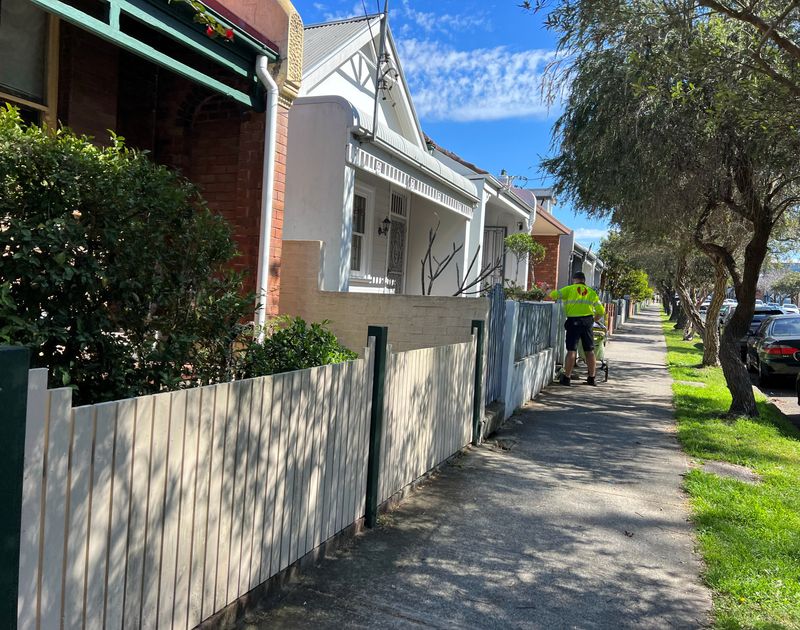Australia home prices continue to climb, Sydney back at record high
2024.06.02 10:21
SYDNEY (Reuters) – Australian home prices climbed at a brisk pace in May, posting the largest monthly gain since October, as a sustained squeeze on supply of affordable homes in most major capital cities continued to push prices up nationwide, data showed on Monday.
Figures from property consultant CoreLogic showed national home prices rose 0.8% in May, the sixteenth straight month of growth, from April when it gained 0.6%. Prices are up 8.3% on a year earlier.
CoreLogic Research Director Tim Lawless said low supply had kept Australian housing prices largely insulated from the combined effect of high interest rates, cost of living pressures and deeply pessimistic consumer sentiment.
“To say the housing market has been resilient is an understatement,” Lawless said in a statement.
“Fresh listings are being absorbed rapidly by market demand, keeping stock levels low and upwards pressure on prices.”
The available housing supply, based on the number of homes advertised for sale over the past four weeks, remained well below average, CoreLogic data showed.
That has led to prices climbing in state capital cities, with Perth up 2.0% in May, Adelaide rising 1.8% and Brisbane up 1.4%. In dollar terms, it is the equivalent of the median value rising by more than A$12,000 ($7,982) month-to-month.
Sydney boasted a 0.6% growth, equalling the record high set in January 2022. Values had dropped by 12.4% since then, finding a floor a year later, but it has since risen 14.1% with the median value of a home in Australia’s biggest city now just under A$1.16 million ($771,632).
Melbourne prices nudged higher by 0.1% in May and 0.5% in the national capital of Canberra.
A Reuters poll out last week showed Australian home price rises would outpace overall inflation over the next two years and the failure of builders to boost supply has turned Australia into one of the world’s most expensive housing markets.

“Inventory levels in these markets remain well below average despite vendor activity lifting relative to this time last year,” Lawless said.
($1 = 1.5033 Australian dollars)








